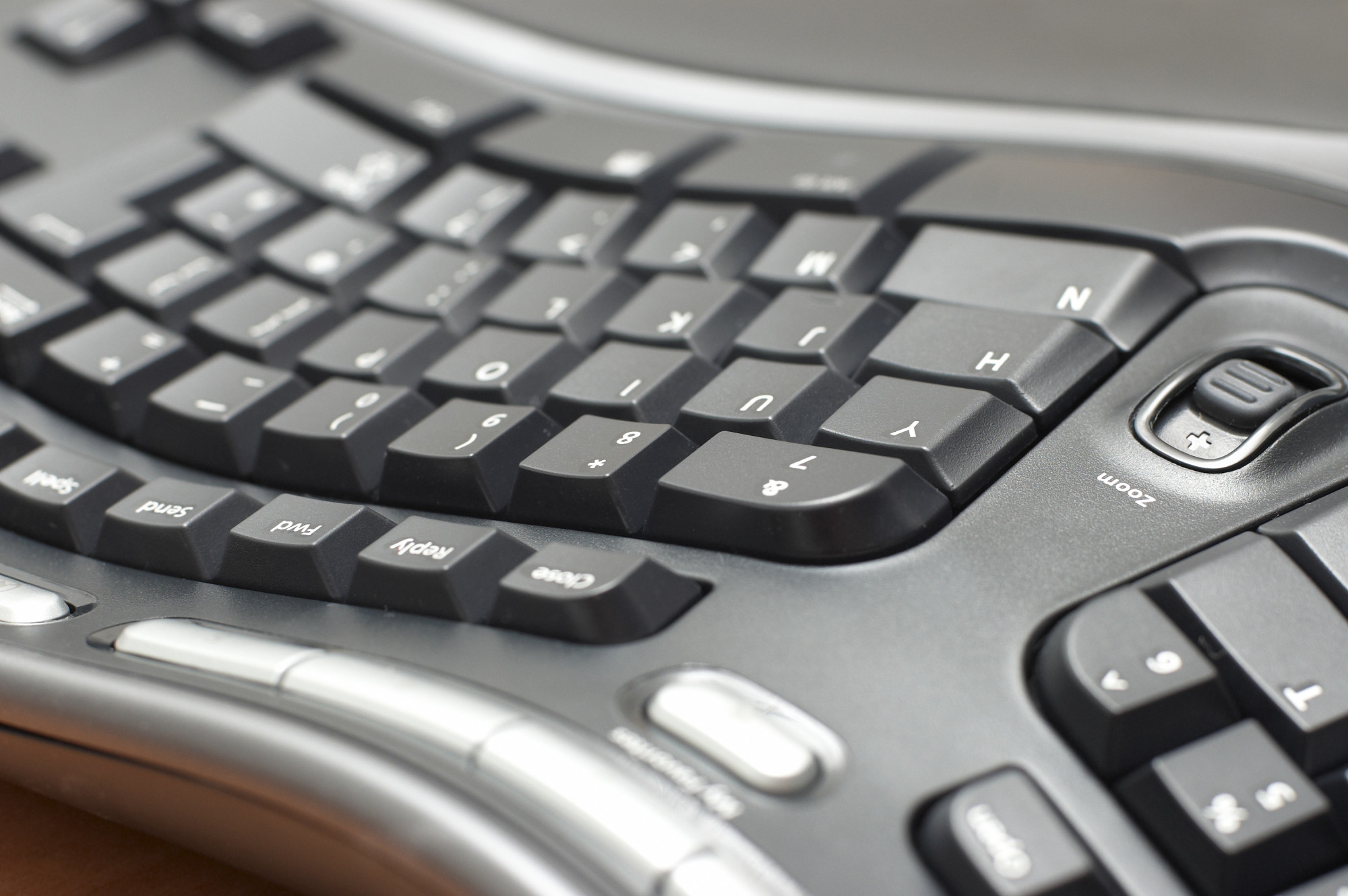Biomedical sensors are the devices that help in the detection of the physical conditions in our body through the generation of electrical, optical, mechanical, or chemical signals. In multiple measurement systems and devices, sensors are crucial components. Sensors are intelligent and tiny devices that help in measuring physical variables, such as velocity, humidity, temperature, pressure, electric fields, gas, flow rate, light, and so on. Sensors are also critical for the production of different biomedical devices, such as digital blood pressure meters, spirometers, respiration pulse oximeters, peak flow meters, digital thermometers, etc.
Classification of Biomedical Sensors:
On the basis of the sensing function, application, type, and sensor placement, there are different types of sensors. Depending on sensing function, there are thermal,mechanical, bio, electrochemical, semiconductor, optical, and magnetic sensors. Based on type, you will find various types of sensors, such as temperature sensors, ECG sensors, blood glucose sensors,motion sensors, blood oxygen sensors, inertial sensors,image sensors,and pressure sensors. On the basis of the application field, sensors can also be classified into monitoring, wellness, diagnostics, imaging,medical therapeutics, and fitness sensors. The classification of the sensors can also be based on placement, such as implantable sensors, strip sensors, invasive/non-invasive sensors, wearable sensors, and ingestible sensors.
Biomedical Sensors and Their Advantages:
Micro-coils are the essential components for the production of biomedical sensors. Nevertheless, micro-coils should possess multiple characteristics to become useful for biomedical sensors. For instance, micro-coils should have the ability to effectively control, transfer,and monitor the data, transfer the energy to the implants, and employ an external magnetic field. Biomedical sensors are crucial in different fields of medical diagnosis. For instance, doctors can now detect physical conditions of some inaccessible regions of our body. Sensors are also useful in cryo-cancer treatment and eliminate tumors. Biomedical sensors not only detect the physical condition of different organs but also minimize the disruption of their functions. However, for the production of biomedical sensors, manufacturers require precise and specialized equipment. As tiny micro-coils are the basis of biomedical sensors, the use of ultra-fine wires becomes essential during the coil winding process.
With the adaptation of home health care services, the demand for medical devices that involve micro-coils is increasing. Biomedical sensors are useful for a variety of measurements including the measurement of muscle displacement, blood flow, blood pressure, cerebrospinal fluid pressure, core body temperature, and bone growth velocity.
PACS and Hybrid Cloud PACS by SepStream are carefully designed to meet all of your diagnostic imaging needs. Their systems accommodate to a wide variety of health care divisions including: IDTF, emergency centers, orthopedics, cardiology, hospitals, teleradiology, and numerous more for Cloud PACS. PACS System Medical, Mini-PACS and Teleradiology PACS.
Applications and Challenges:
Biomedical sensors serve multiple purposes, such as-
- In diagnostics, biomedical sensors help to conduct wireless communication.
- Biomedical sensors help to monitor and control the pacemakers and deep brain stimulation.
- You will also find the application of biomedical sensors in the measurement of temperature and in electrophysical treatments.
- Other major applications of biomedical sensors are targeted drug delivery, highlyaccurate ablations, targeted radiation catheters, orthopedic aids, and navigating stent positioning.
However, the major challenge for the production of biomedical sensors is their tiny size. To overcome this challenge, manufacturers need to use ultra-fine wires in the micro-coil winding process. Manufacturers also need to use thermal compression bonding technology to build the connection between the ultra-fine wires.









